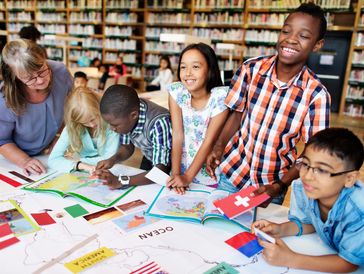Math & Geography Projects.

Orienteering
Data Handling and Analysis
Orienteering
Incorporate orienteering activities, using grid references, angles and directions to navigate maps.
The action button below would take you to a grid references activity available on TPT.

Measurement
Data Handling and Analysis
Orienteering
Calculate distances, areas and perimeters.
Calculating Area: Determining the area of a land feature is essential for understanding its size and extent. For example, calculating the area of a farm field helps determine how much land is available for cultivation, or calculating the area of a country helps with resource allocation.
Calcula
Calculate distances, areas and perimeters.
Calculating Area: Determining the area of a land feature is essential for understanding its size and extent. For example, calculating the area of a farm field helps determine how much land is available for cultivation, or calculating the area of a country helps with resource allocation.
Calculating Perimeter: Perimeter is used when determining the boundary of a feature, like a country's border. It can be important for understanding the shape and size of a geographic area, as well as for calculating things like fencing or surveying.

Data Handling and Analysis
Data Handling and Analysis
Data Handling and Analysis
Data Collection: Collect data related to geographical topics like population, climate, or rainfall. For example, the annual RSPB Big Schools Birdwatch provides a great opportunity for data collection and analysis.
Statistics: Use statistics to understand and compare different geographical regions or aspects of a region. For instance, ana
Data Collection: Collect data related to geographical topics like population, climate, or rainfall. For example, the annual RSPB Big Schools Birdwatch provides a great opportunity for data collection and analysis.
Statistics: Use statistics to understand and compare different geographical regions or aspects of a region. For instance, analyze UK county statistics for population density, area or rainfall.

Active Learning
'Travel' Around the World!
Data Handling and Analysis
Use active learning techniques, such as physical activities like measuring the perimeter of the school grounds, using trundle wheels and measuring tapes to engage students and make learning more memorable.

'Travel' Around the World!
'Travel' Around the World!
'Travel' Around the World!
'Travel' to different continents and take a world tour of different countries.
Research climate, land size, population size, currency and more!
Students could take on the role of planning a world tour incorporating planning timetables and budgeting.